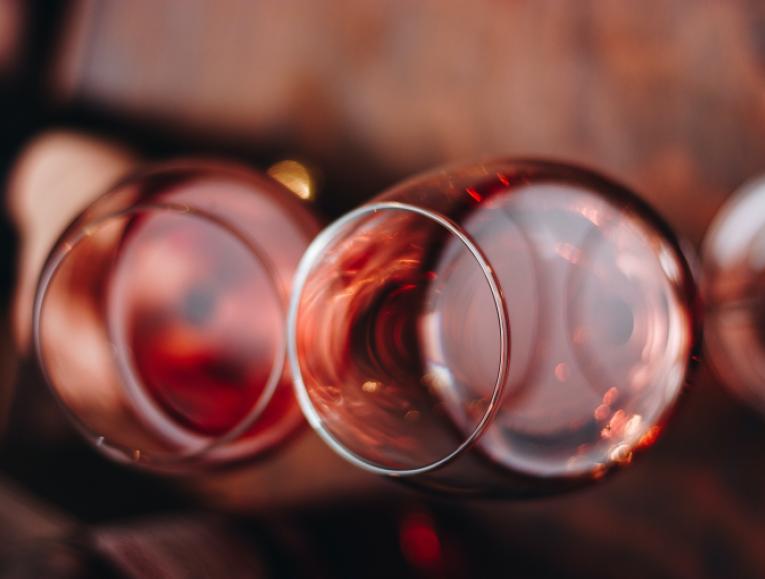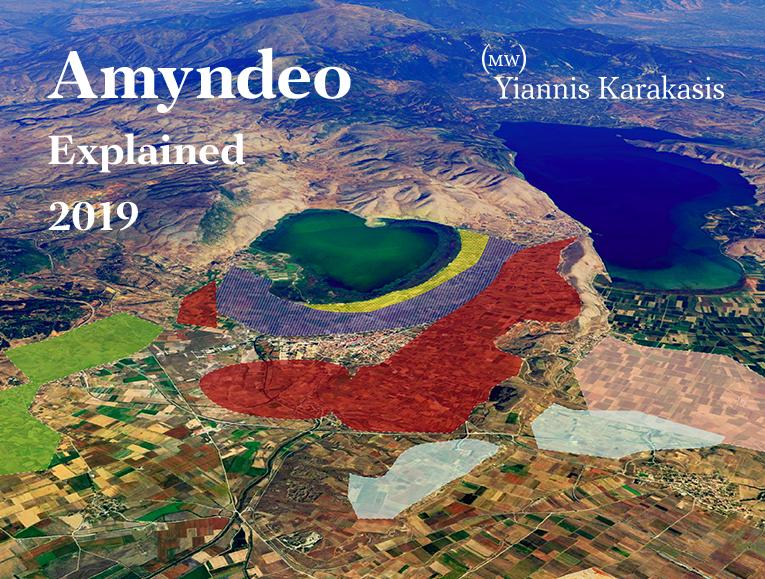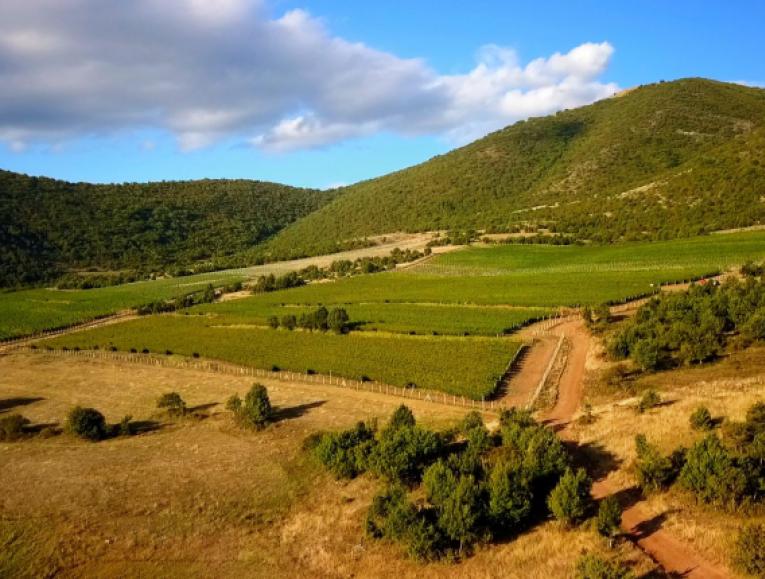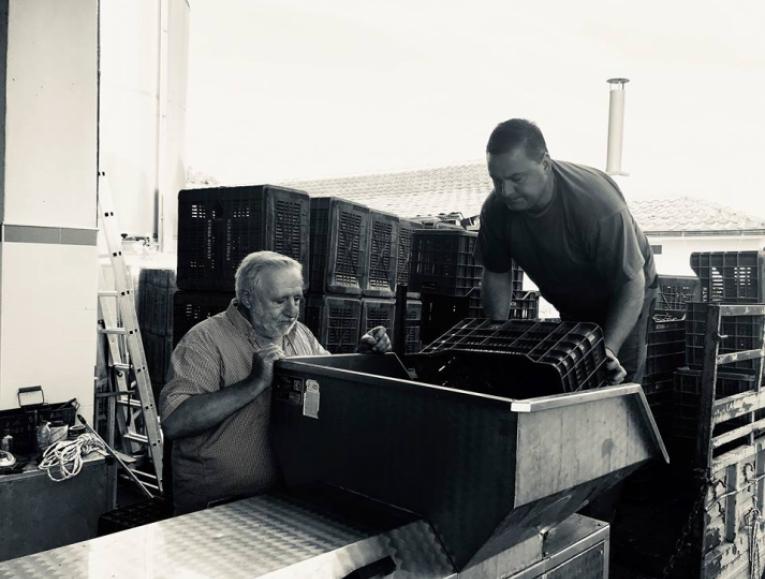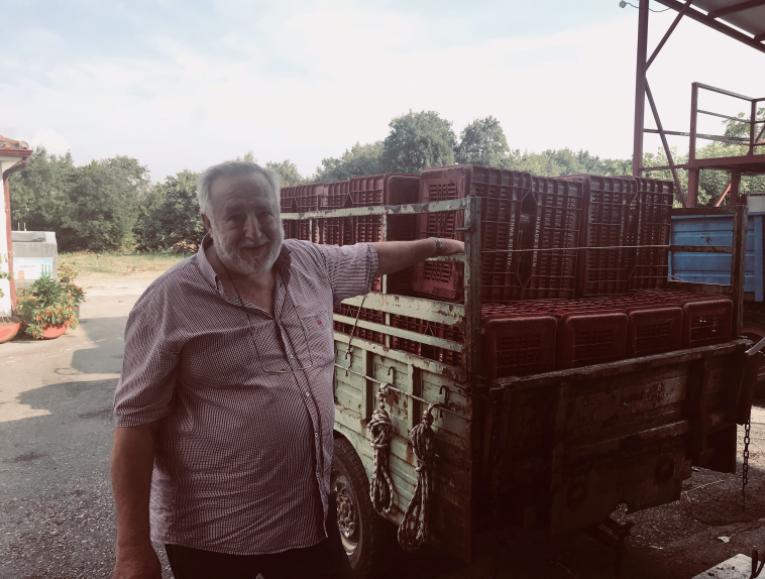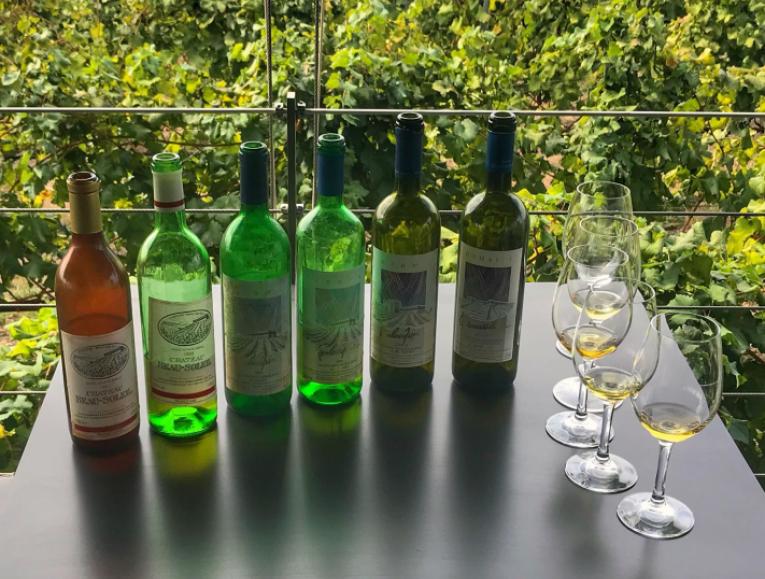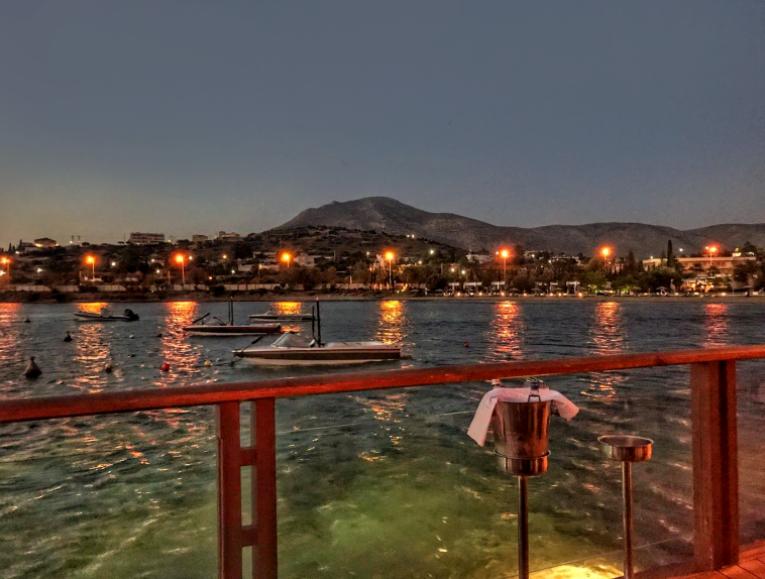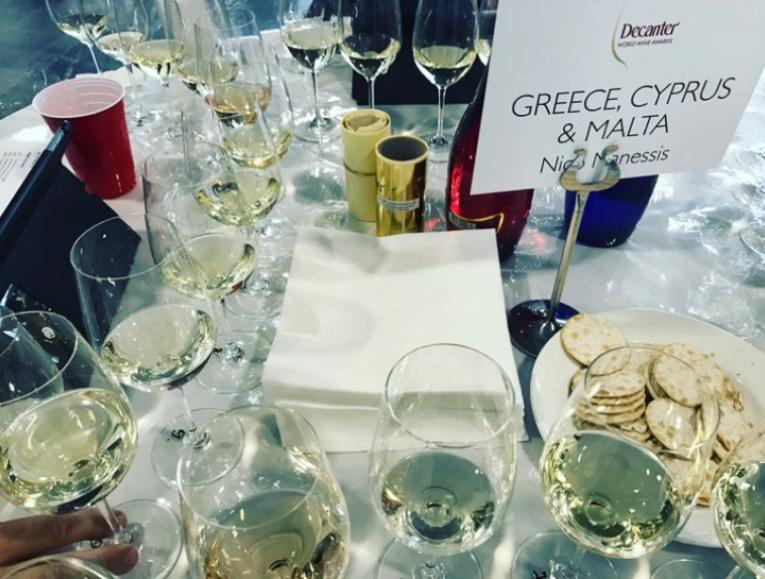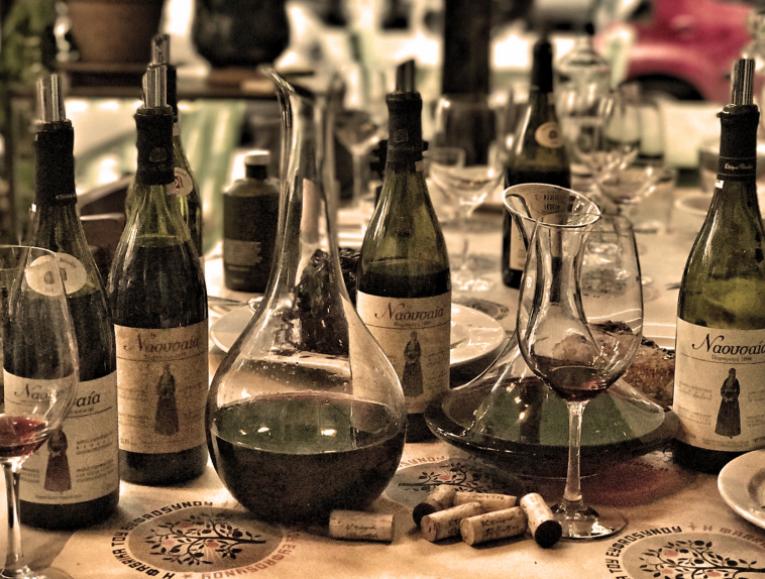Northern Greece
Northern Greece accounts for 15% of the total Greek plantings being one of the reliable driving forces of the industry. Wine history in this area is decisive almost dating back four and a half millennia. Thrace and Macedonia occupy most of its part and these two regions enjoy today a fine reputation with their top quality indigenous grapes producing top notch wines. An area as broad as Macedonia that stretches from Epirus to west towards Thrace to east offers great diversity and the opportunity for numerous indigenous and international varieties to shine in a number of different appellations. Most important regions and varieties include Naoussa, Amyndeon and Goumenissa (Xinomavro), Kavala and Drama (international varieties yet indigenous are catching up fast), Metsovo in Epirus, Epanomi near Thessaloniki and Plagies Melitona in Chalkidiki.
Naoussa
Naoussa is located on the foothills of Mt Vermion enjoying a continental climate at an altitude of max 450 m. Xinomavro is the King producing wines pale in colour, high in acidity and profound tannic structure with a distinguished aroma of tomato paste and olives in combination with pure red fruit character with truffles, gamey and forest floor notes for the more mature examples. Naoussa has a huge diversity in soils and different microclimates producing different styles within the category with top producers expressing this diversity of terroirs with outstanding single vineyard bottlings. Naoussa’s Xinomavro wines are probably the most age worthy reds of Greece sometimes exceeding easily two decades of ageing.
Amyndeon
With a similar latitude to Naoussa, Amyndeon is a plateau located on the other side of Mount Vermio at a higher altitude of 650 – 750 meters. It is a cool climate zone with very low temperatures during winter and very hot summers with a big diurnal range that in addition to the poor sandy soils yielding fragrant and elegant Xinomavros. Wines here are more fruity than Naoussa, retaining higher acidity levels, smoother and more ripe tannins, and a fresh and succulent aftertaste. Amyndeon was never affected by phyloxera and as a result a huge number of ungrafted old vines of Xinomavro can be found from which the best bottlings are produced.
